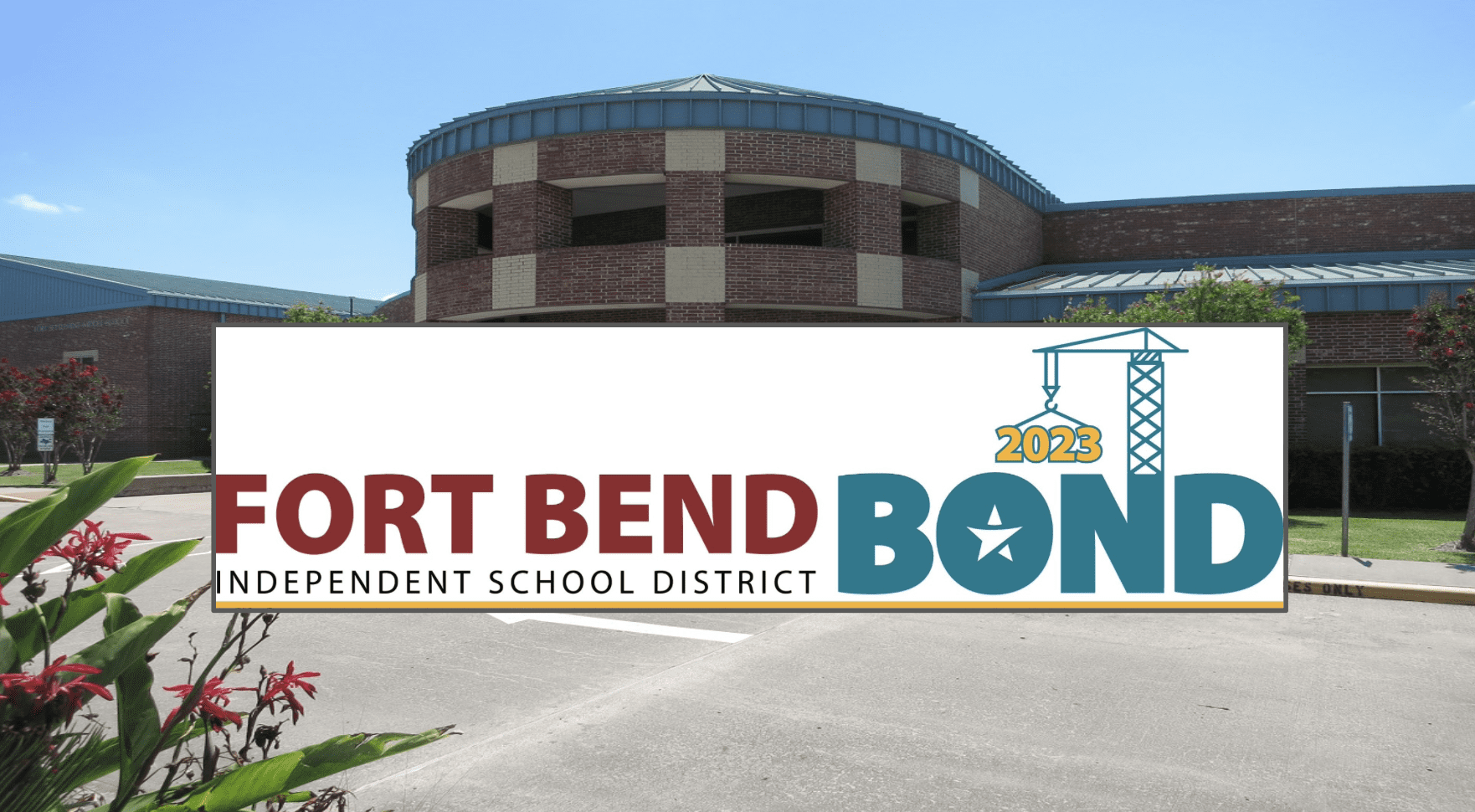Yesterday, Comptroller Susan Combs released another earth-shattering report, this one focused on education debt. The statistics within are just as incredible as you might imagine. Public school districts in Texas are responsible for 33% of Texas’ local debt, the largest issuers among local entities. School construction and renovation are the typical projects they spend the money on, and of course after the report was issued, there was immediate caterwauling from the administrative set about context and the “full truth” about school debt.
Like Comptroller Combs, I believe the issue isn’t whether or not there is debt, but whether or not taxpayers are fully apprised of their taxing entities’ spending habits and situation. Debt has become part of the American psyche so completely that we are unable to imagine, or indeed recreate thus far, a pay-as-you-go world – and American government is a mirror of Americans’ personal habits. But the way debt is sold to the taxpayer, the condescending manner in which administrators treat concern, has to be addressed. Do it “for the children!” and don’t ask too many questions! It’s not important for you to know how much debt we already have! Why, our debt is so low when you consider the population and size of our state – so won’t you just say yes and get it over with? You can’t talk about how much debt we have – you have to have context! Context!!
Yeah. You know the drill.
So how about a little “context,” then? What are all those bonds we sign off on paying for, exactly?
How about $60 million football stadiums, such as the one in Allen ISD?
What about administration buildings named for sitting superintendents, such as the one in Katy ISD?
Some school districts are not handling their debt very well, and have had their bond ratings downgraded as a result, hurting the success of future bonds if they’re needed, like in Leander ISD.
Did you know that some state-of-the-art high schools in Texas cost taxpayers $120 million (before interest, of course), like the one in Prosper ISD?
Debt is on the ballot this November – Houston ISD voters are deciding on a record-setting $1.9 billion bond measure, with over $2.4 billion already outstanding.
I’ve heard the arguments from school board trustees that they have to build and they have to compete and that nicer schools build school pride. But there isn’t any evidence that all the building and all the spending are actually increasing student performance, and higher debt would seem to go in hand with greater issues. Dallas ISD, for instance, leads the state’s school districts in outstanding debt (more than $2.5 billion to date), and Dallas ISD doesn’t really have the best fiscally responsible history.
The most important lesson here is get involved, get educated, and spread the word. Get on your local Citizens Bond Committee, go to trustee meetings, and tell your friends. The Comptroller’s report is extremely important, and taxpayers would do well to demand transparency and keep apprised of the fiscal situation in their local districts. If taxpayers really want those palace-like high schools and cathedral stadiums, the burden is on them, but they should still know what it is they’re agreeing to.



